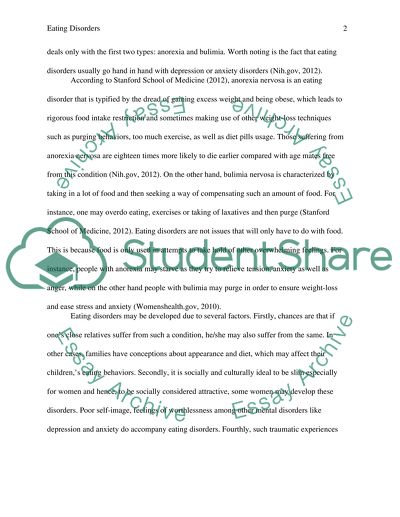Cite this document
(“Eating Disorders: Anorexia Nervosa and Bulimia Nervosa Research Paper”, n.d.)
Retrieved from https://studentshare.org/health-sciences-medicine/1463579-eating-disorders-anorexia-nervosa-and-bulimia-nervosa
Retrieved from https://studentshare.org/health-sciences-medicine/1463579-eating-disorders-anorexia-nervosa-and-bulimia-nervosa
(Eating Disorders: Anorexia Nervosa and Bulimia Nervosa Research Paper)
https://studentshare.org/health-sciences-medicine/1463579-eating-disorders-anorexia-nervosa-and-bulimia-nervosa.
https://studentshare.org/health-sciences-medicine/1463579-eating-disorders-anorexia-nervosa-and-bulimia-nervosa.
“Eating Disorders: Anorexia Nervosa and Bulimia Nervosa Research Paper”, n.d. https://studentshare.org/health-sciences-medicine/1463579-eating-disorders-anorexia-nervosa-and-bulimia-nervosa.


